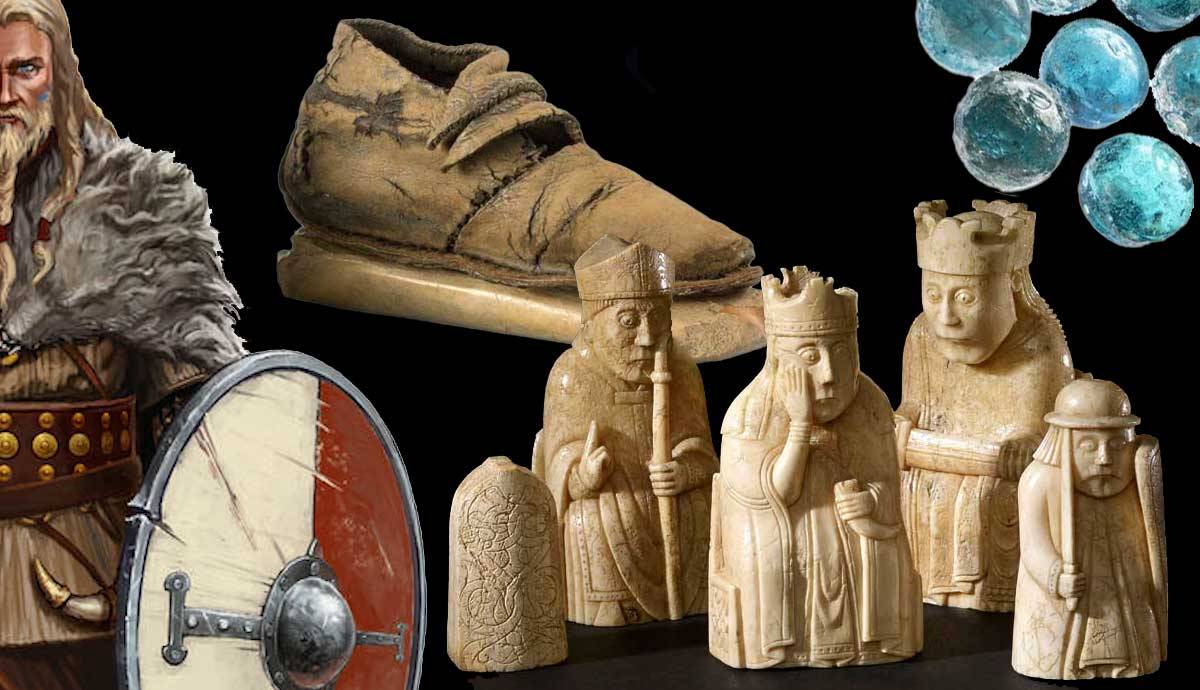
In the twelfth century CE, a young Norwegian Kali Kolsson ventured to Orkney. Eager to prove his worth, he listed his nine skills: “I am quick at playing chess…I hardly forget runes, I am often at either a book or craftsmanship. I am able to glide on skis, I shoot and row so it makes a difference, I understand both the playing of the harp and poetry.” Kolsson’s skills share similarities with the traditional pastimes of the Viking Age (c. 793-1066 CE). As demonstrated by Kolsson, Viking games served as more than just a good time, they offered training in strategy in a volatile medieval world.
1. Medieval Board Games: Unique Viking Games
The Old Norse word tafl figures prominently in Viking lore. Tafl translates to table and often refers to table-based games or board games. Various game boards and pieces have been found throughout the Viking world. These games seem to have been strategy games, but the rules have yet to be found. Game boards seem to have been typically made of wood, but their sizes varied considerably. Vikings marked many game boards with squares like a checkers or chess board while others had round peg holes.
Read the rest of this article...
No comments:
Post a Comment